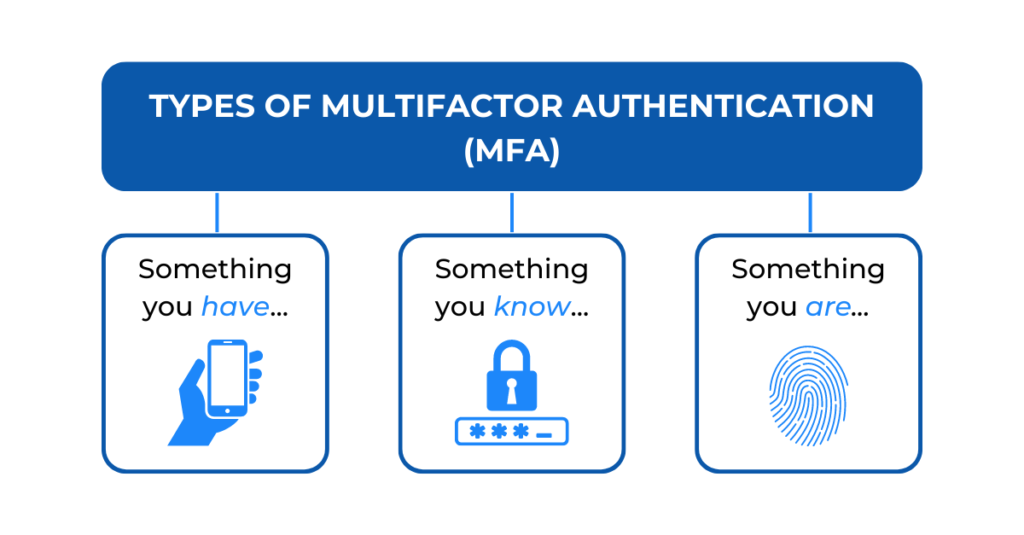As businesses continue to increase their security measures, they are using multifactor authentication (MFA) to protect their networks and data. Despite being an effective security measure, MFA can lead to a feeling of fatigue and complacency among users. This can, in turn, increase the risk of cyber attacks. This blog will explore what causes MFA fatigue and how you can combat it in your organization.
What is MFA (Multifactor Authentication)?
Multifactor Authentication is a security measure that requires users to provide additional verification beyond username and password combinations.
This extra layer of security can take the form of a:
- Push Notification
- Code or One-Time Password sent via text message or email
- Biometric Authentication like fingerprint scanning or facial recognition
- Physical Security Key

Once the user approves the login attempt or MFA request, then will then be granted access into the application.
The idea behind MFA is that even if someone gains access to one factor of authentication, they will still not be able to access the account without the additional authentication request. This is because MFA requires at least two or more methods of authentication before granting access to sensitive data or systems.
By adding multiple layers of security to user accounts, businesses can significantly reduce the risk of social engineering attacks, data breaches, and other types of attacks.
Understanding MFA Fatigue: What It Is and How It Can Compromise Your Company’s Security
The problem with Multifactor Authentication is having to enter multiple passwords and codes can be tedious and frustrating for users. Over time, this can result in “fatigue” where users may become less vigilant about entering these codes correctly. Or worse, they may even forget altogether which could result in hackers being able to breach your network more easily.
To learn more about Multifactor Authentication and our other cybersecurity solutions, click here.
Combating MFA Fatigue: Strategies for Keeping Your Company Secure
There are several steps you can take to combat MFA fatigue in your organization:
Employee Education
Offering training programs on cybersecurity best practices will help ensure your team understands why these measures are important. By educating employees about the risks of cyber attacks, you can help reduce the likelihood of user fatigue.
Establishing clear policies for password management
Establishing clear policies will help ensure everyone follows the same guidelines when creating passwords and storing them securely. Encourage employees to use password managers for added protection of their login credentials.
Provide employees with easy-to-use tools for setting up and managing MFA codes
Easy-to-use tools will help make the process less cumbersome and more efficient for users. Choose MFA methods that are convenient for users, such as biometrics, which eliminate the need for manual entry of codes.
Monitor user behavior for signs of MFA fatigue such as forgotten passwords or incorrect code entries
Monitoring your teams behavior will help you identify potential problems before they become major security risks.
Utilize automated security tools
Automated Security Tools can detect suspicious activity and alert you when there is a potential breach attempt. This will help ensure no activity goes unnoticed.
Conclusion
Multifactor authentication is an essential tool for securing your business’s network and data, but it can also lead to user frustration if not appropriately implemented. By following the helpful tips above, you can ensure that your business remains secure, all while minimizing the risk of cyber-attacks due to user fatigue.
With the right approach, multifactor authentication doesn’t have to be a burden but instead can become part of your business’s overall security strategy!
